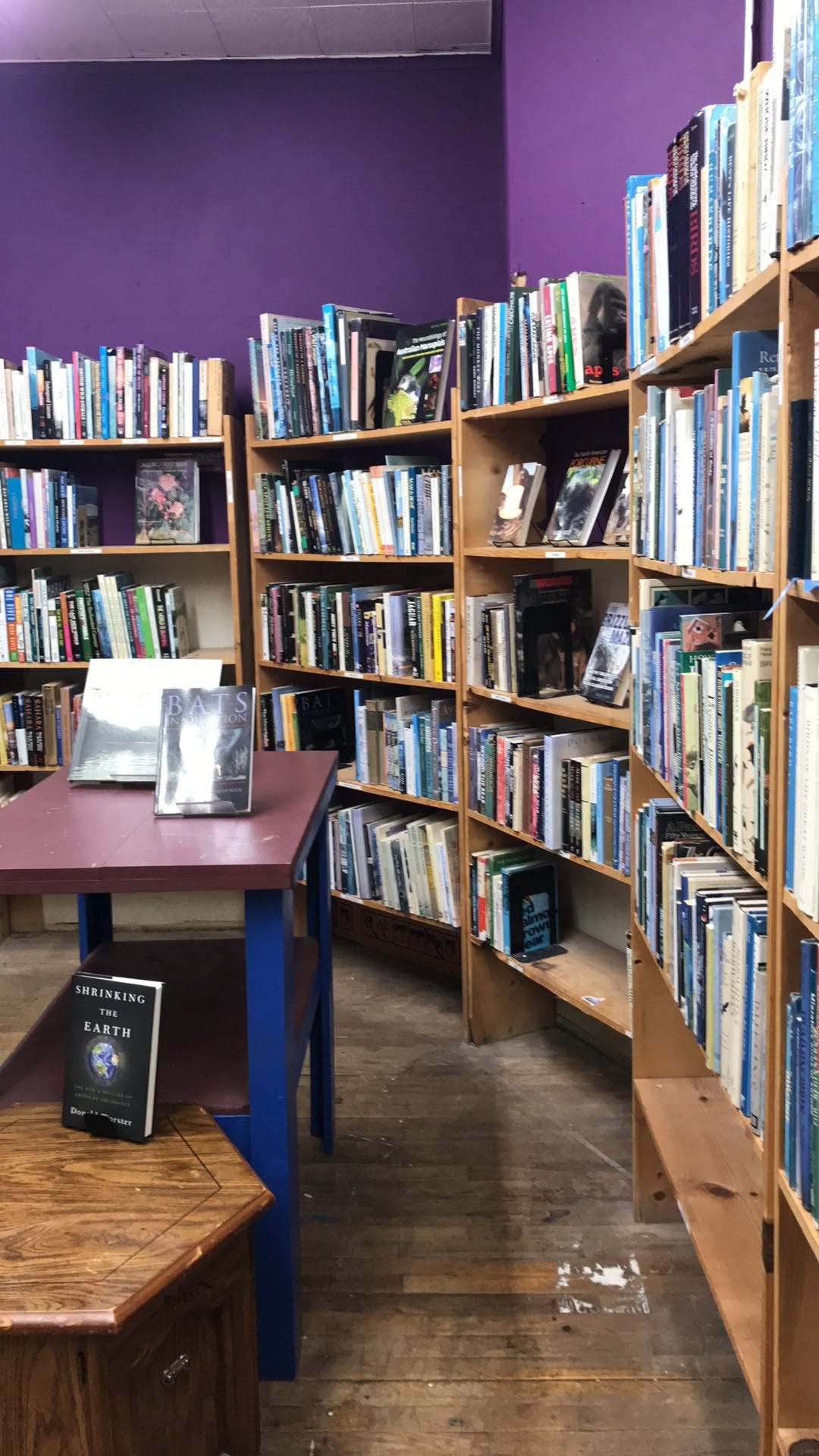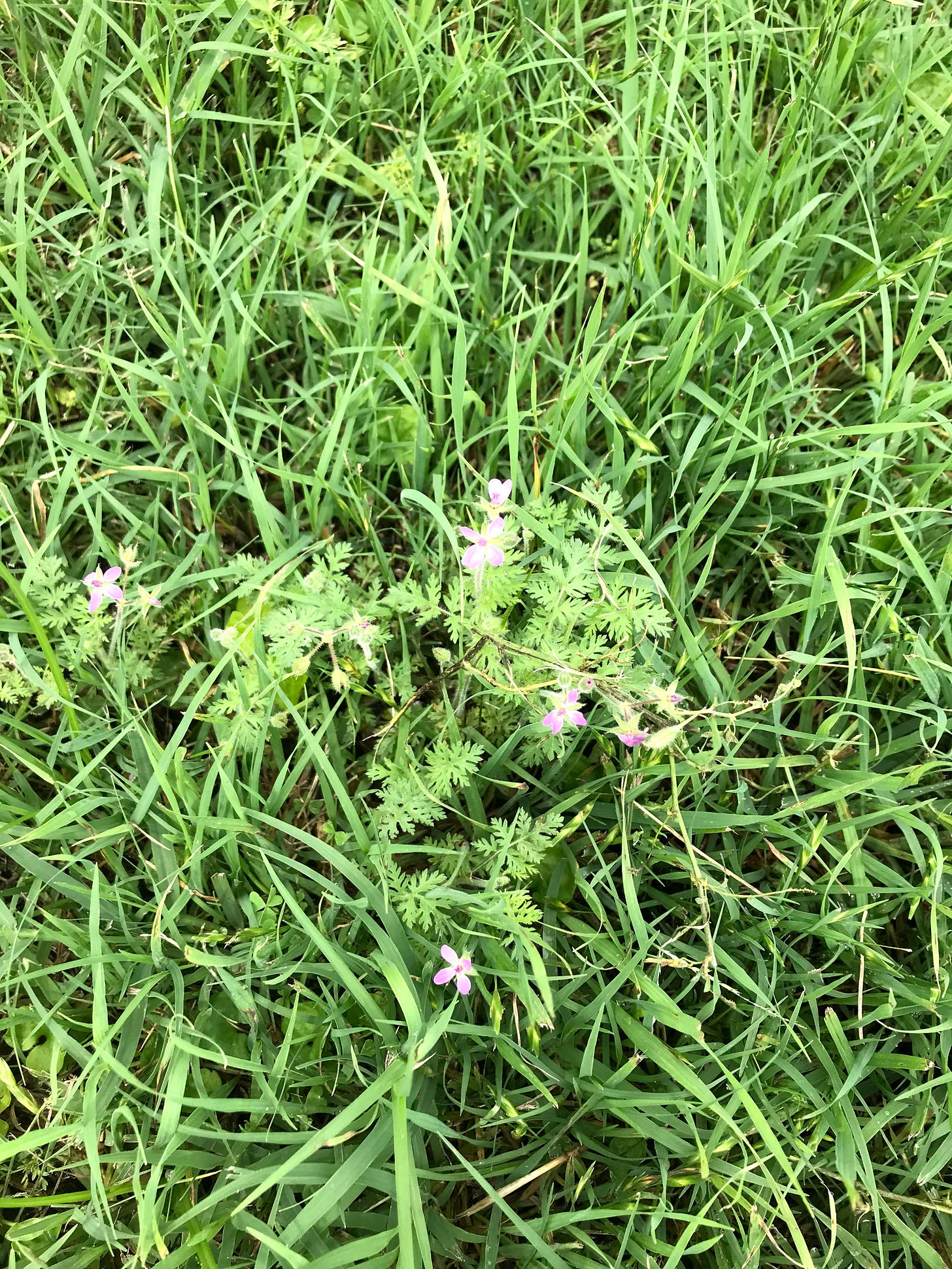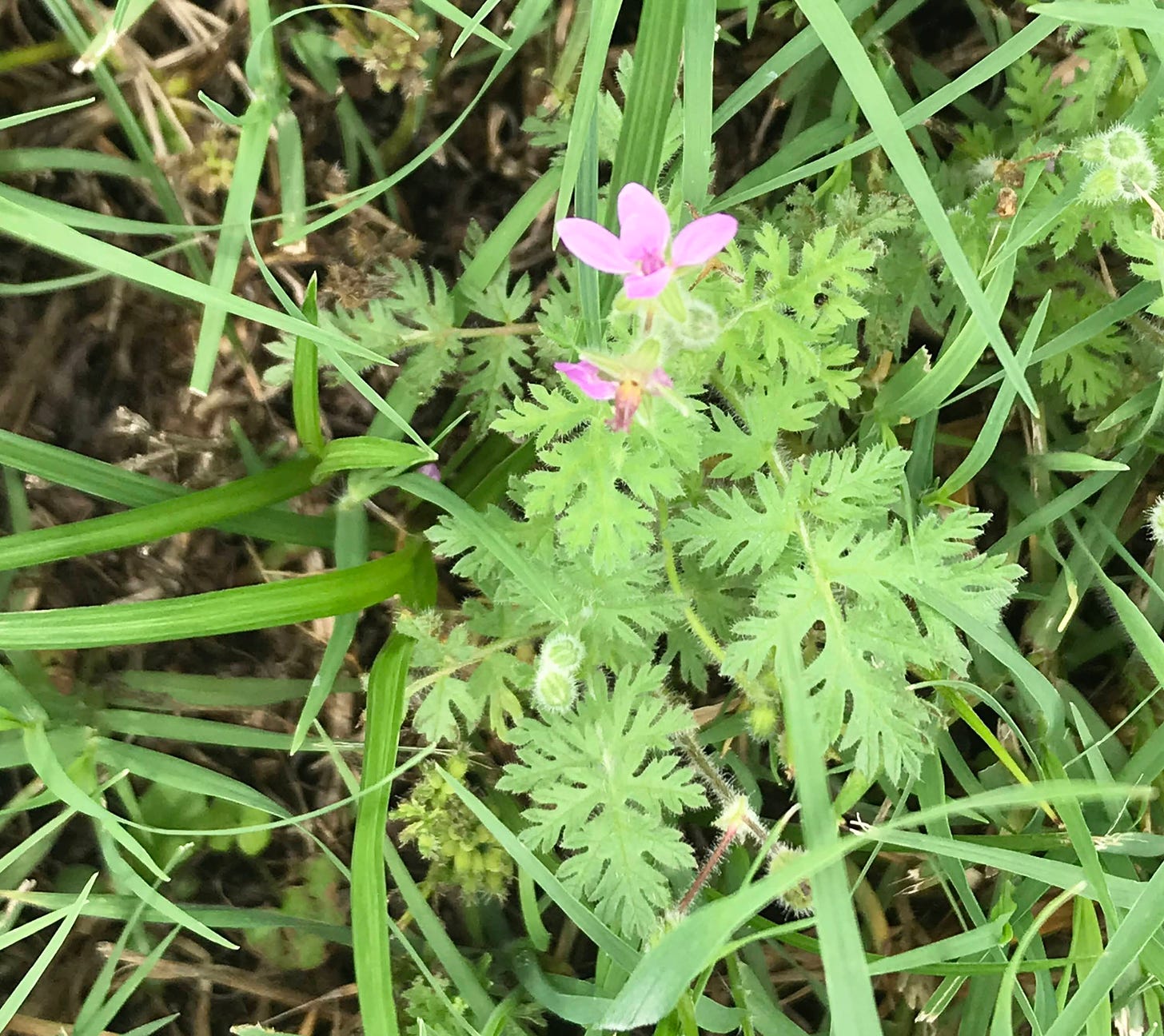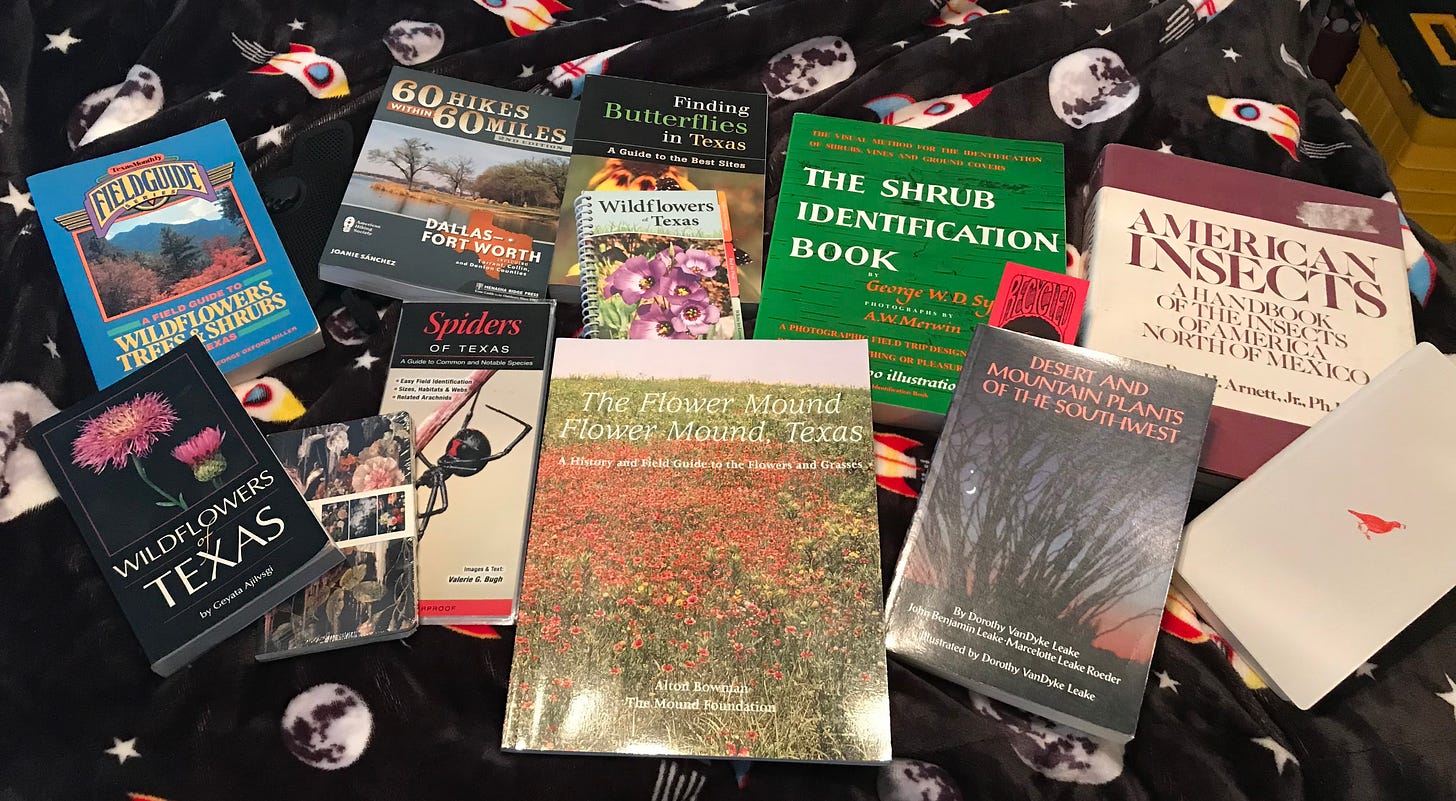Erodium
Now that I've settled into the new digs - mostly. Still transporting books down from storage, but honestly I've decided this is a Good Thing. Not only does it give me an excuse to venture up to see friends once a week or so, and social interaction is important with my spouse several states away and my only daily contact a teenager, it means I'm really looking at my books. Unpacking the whole library at once is not only backbreaking but overwhelming. And I know, I know. I have too many books. But if I were a dragon, books would be my hoard.
So what did I do today? Went out and bought more books. Which isn't quite as nuts as it sounds on the surface. I'm an amateur naturalist, have been for... a lady doesn't tell her age, and that would be telling. Since I was 'yea tall' let's put it that way. My grandmother's tutelage in wild plants, marine biology, and much more, started me down that path. I've identified plants, insects, birds, and more all over the US, and as friends on social media discovered, I can manage global species, too, based at least on 'that looks like...'
It's fun, and a passion for me. So when I knew I was coming to Texas to live (heck, even for a visit I'd have done one or two books) I anticipated today's book quest. You see, this is a whole new biome for me. I've never lived this far south before. So many new species! I needed books. Online resources are handy, yes. I prefer paper, and cross-referencing, for really solid identifications. I asked local friends and acquaintances to recommend used bookstores, and set out on my adventure with my son safely at work.

Recycled Books in Denton, TX
Denton Salle, local author and friend, pointed me at Recycled Books in Denton Texas. Despite the militant masking, I was very pleased with their selection and plan to go back, as I realized on my way out there's a basement full of cool stuff I hadn't even noticed on my way in! They had no books on insects, but several local area flora books made their way home with me. After I enjoyed a cup of coffee and a chat with Denton, I headed back toward home, and decided I'd try the local Half-Price Books for more options.
Why was I not hopping on Amazon? Well, I did. But I was more looking for 'what's out there' and pricing. It's often cheaper these days, if you can find the book in a local shop. If not, well, I have no qualms about Amazon but I do prefer to shop local. Also, immediacy is nice, and a used book through Amazon might take weeks to arrive. At HPB I found several more, including a few I hadn't even thought of - which is the other reason I didn't just do Amazon orders. Like the book on 60 Hikes within 60 Miles of Dallas/Fort Worth. I'll use the heck out of that for planning my expeditions. As I will for Finding Butterflies in Texas (also, I didn't pay that much for it, not even half that). There were some tempting books on display at HPB, but I restrained myself to the subject matter I'd gone looking for.
While I was out, I had to stop into the Post Office. Which is irrelevant to the post topic, other than the rain had stopped, and I photographed a tiny flower in their lawn area. This was going to be my test challenge for the new books. Why a challenge? Well, several factors.
I'm not unfamiliar with identification under urban conditions. The odds of a non-native are high, domestic cultivars are common, even if not invasive by definition, but there's also this: weeds are hard to ID. Weeds are often small, with inconspicuous flowers, and field guides overlook them frequently. That's why they are one of my tests to see just how good a book is. Most people who casually appreciate wildflowers aren't going to notice or care most of the time. The other factor? This little plant was growing in a lawn environment, which means that mowing changes it's morphology and adds another layer to the identification problem. I took a couple of photos with my cell phone, and went home to pore over my new books.

The whole plant in situ
I knew a couple of things before I even cracked a book. I could recognize by the flower structure this was a member of the Wild Geranium family (not the common kitchen Geranium, which isn't a geranium at all, but a Pelargonium). I also knew it was widespread, as I saw it a month ago and over a hundred miles away from this location, growing in very similar conditions.

A macro shot for more details.
Fuzzy little fellow, isn't it? I started with A Field Guide to Wildflowers Trees & Shrubs of Texas, which for such a broad topic does an excellent job, at least based on my identification of the obscure little weed through it. This is not a book for the casual hiker or gardener, it's more on the technical side, with dichotomous keys to aid in identification. I'd recommend it. The entry for Texas Storksbill, which I knew was not the little plant based on the relative size in the description, mentions two related species, Erodium cicatarium, and E. botrys.
I opened Wildflowers of Texas, and this book has many more color illustrations, but sadly didn't mention the more obscure species. For the casual identification it's very useful with all the photos, and I will use it for easier, flashier blooms.
Finally, armed with my likely identifications, I turned to the internet. E. botrys was easy to rule out, as the leaf structure looked very little like my unknown. With a little checking, I decided Erodium cicatarium, also known as Filaree or Redstem Storkbill, was the best match. Erodium, the genus name, comes from the Greek for Heron, and refers to the elongated central structure of the flower, which becomes the seedhead later. It is not a native, although there is some debate as it has been collected in North America almost since the first herbariums, and in some places is categorized as a noxious weed.
Overall I'm thrilled with my haul of books from the day, and very much look forward to putting them all through their paces! Hopefully we get some dry(er) weather soon.

The haul of the day - books for all my interests. Still going to keep looking for Texas-specific insect books, but I couldn't resist the Arnett.




